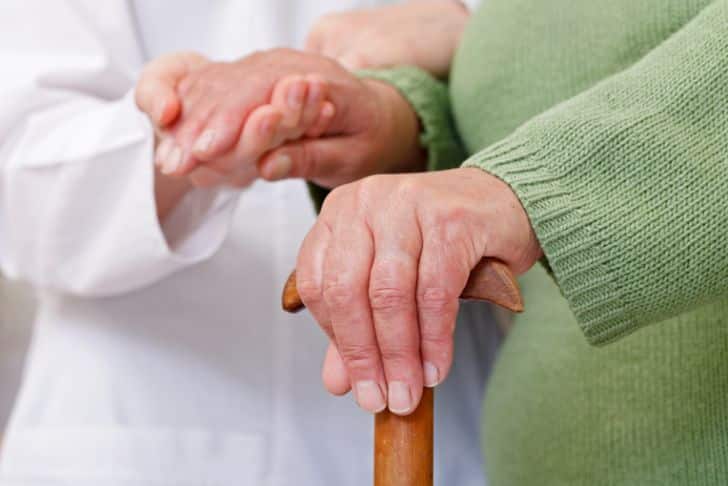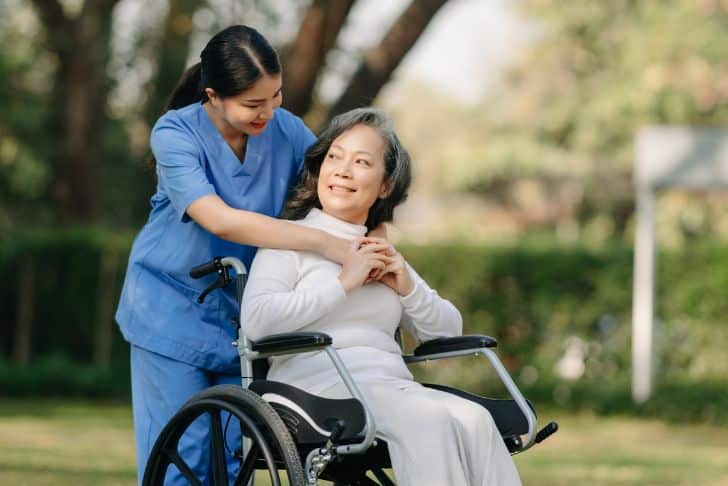As an individual crosses the age threshold of 65, there is an increased likelihood of experiencing falls, with more than one in four people in this age group falling each year. This article dives deep into the factors contributing to falls in older adults, such as diminishing physical faculties, chronic health conditions, cognitive impairments, and side effects from medications. Specific conditions like sarcopenia, an age-related loss of muscle mass, and osteoporosis—a disease that weakens bones—are also responsible for the increased risk of severe injuries from these minor falls.
However, the article doesn’t merely present these risks; it also provides practical and essential ways for older individuals to safeguard their health and enhance their quality of life through preventative measures including maintaining overall health, regular medical check-ups, effective medication management, home and lifestyle modifications, and finally, the emergency steps to follow should a fall occur.
Committing to these will not only reduce the risk of a fall, but also of serious injuries, hospital visits, and long-term disabilities it could result in. Have you ever thought about how a minor incident like a simple fall can turn into a severe injury for an older adult? It’s an unfortunate reality that with age, our health risks increase, and even seemingly small accidents can have disastrous consequences. This article will go into depth on the influence of osteoporosis on severe injuries from minor falls among older adults.
The Reality of Falls in Older Adults
Falls are a stark reality facing many seniors. In fact, more than one in four people 65 years and older experience a fall each year. Considering the massive aging population worldwide, this speaks to a vast number of individuals who are at risk.
These falls can result in debilitating fractures, which not only lead to immediate pain and discomfort but can also increase the risk of more serious health problems and long-term disability. Imagine the impact this has not just on the individual who falls, but also on their loved ones and carers.
What Causes Falls in the Elderly?
Now you’re probably wondering, why are falls so common among older adults? A variety of reasons contribute to this prevalence; many are related to age-related changes.
Firstly, with age, one may experience diminished eyesight, hearing, and reflexes, all critical in maintaining balance, spatial orientation, and processing sensory information. Secondly, several chronic conditions such as diabetes, heart disease, problems with the thyroid, nerves, feet, or blood vessels amplify the risk of falls.
Further, cognitive impairment or dementia can make it difficult for an individual to navigate their environment safely. On top of this, certain medications can alter balance, consciousness, and coordination, making falls more likely.
Lastly, a less commonly known factor is sarcopenia, the age-related loss of muscle mass. It reduces strength and physical function, increasing the risk of falls.

Reducing Risks: Preventive Measures Against Falls
Knowing how significant and prevalent falls are among older adults, it’s humane, cost-effective, and smart to invest in preventative measures to reduce their risk.
One of the key ways to reduce fall risk in the elderly is maintaining overall health and physical activity as much as possible. Regular sight and hearing checks help identify issues before they grow big enough to impede balance or spatial orientation. It’s also advisable to avoid alcohol and manage medications effectively to prevent side effects that can lead to falls.
Home improvements such as installing railings, reducing clutter, and lighting walkways and stairs adequately can all reduce the risk of tripping or slipping. Even something as simple as wearing appropriate footwear can make a significant difference.
In Case of a Fall: Reducing Injury
Despite our best preventive efforts, falls sometimes still happen. Therefore, it’s essential to know how to respond to a fall promptly to reduce injury.
Remaining calm is a crucial first step since sudden movements can cause further injury. After that, slowly assessing for injury before moving and getting help if needed should be the next steps.

Keeping Bones Healthy: Reducing the Risk of Serious Injury from Falls
The health of bones plays a significant role in determining the severity of injury from falls. To understand this, let’s look at osteoporosis, a disease that weakens bones. Osteoporosis is common among older adults, and it increases the risk of serious injury from even minor falls.
Keeping bones healthy through adequate calcium and Vitamin D intake can help reduce this risk. Additionally, quitting smoking, avoiding alcohol, and maintaining a healthy weight all contribute to stronger, healthier bones.
The Heavy Toll of Falls on Older Adults
In conclusion, falls are not just an inconvenience or embarrassment for older adults. They are a common reason for emergency room visits and hospital stays among this population. But these visits and stays, and the associated health problems, can be decreased by keeping bones strong and following preventative measures.
As you can see, bone health, osteoporosis, and falls are closely interlinked. By understanding the risks, causes, and ways to mitigate these risks, we can help ourselves and our loved ones stay safe, agile, and independent for as long as possible.
Remember, falls are not an inevitable part of aging, and many falls can be prevented. The key is in education, awareness, and action. So let’s take action today to prevent falls and their serious consequences among our older adults.

